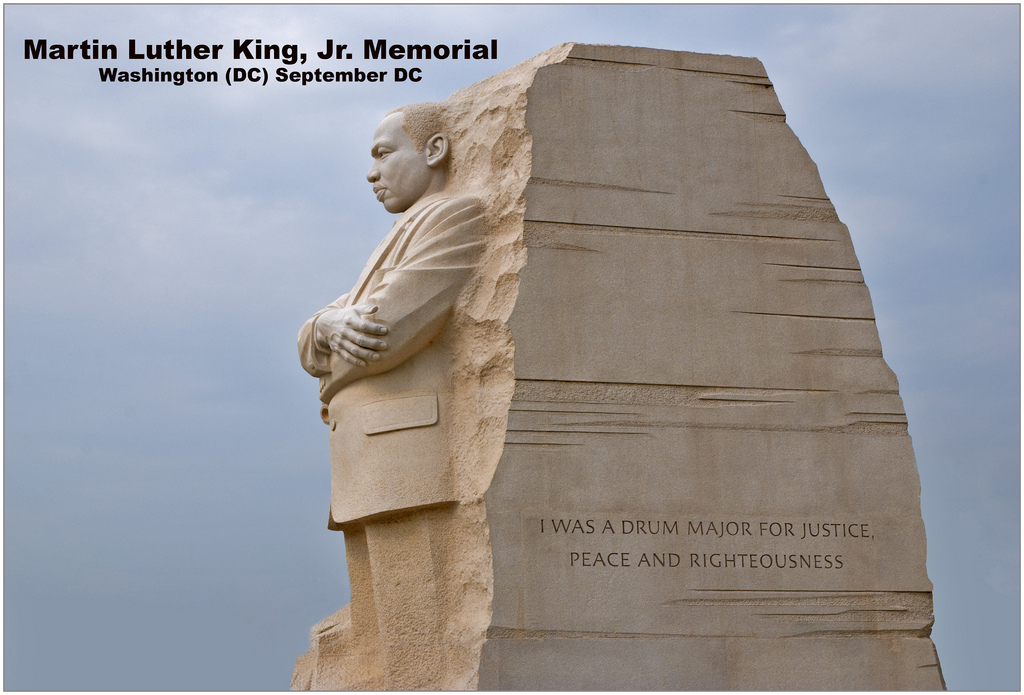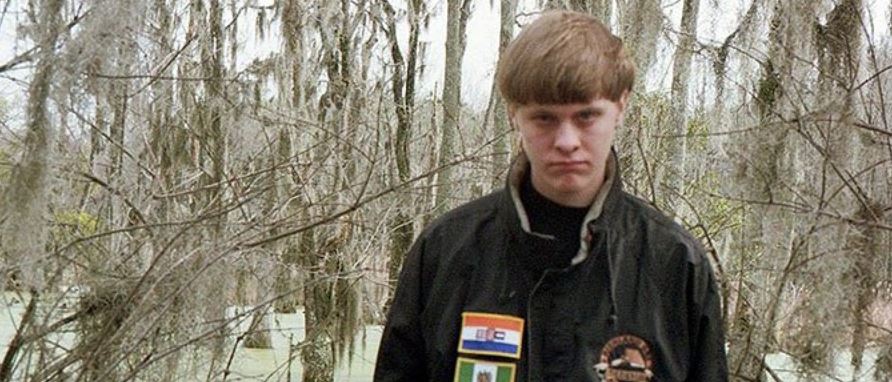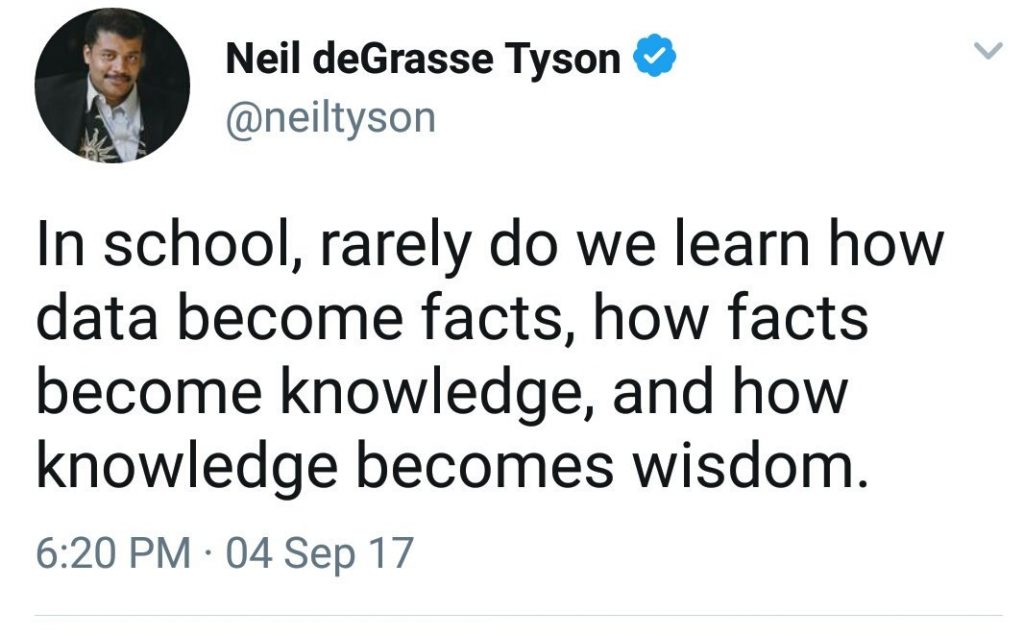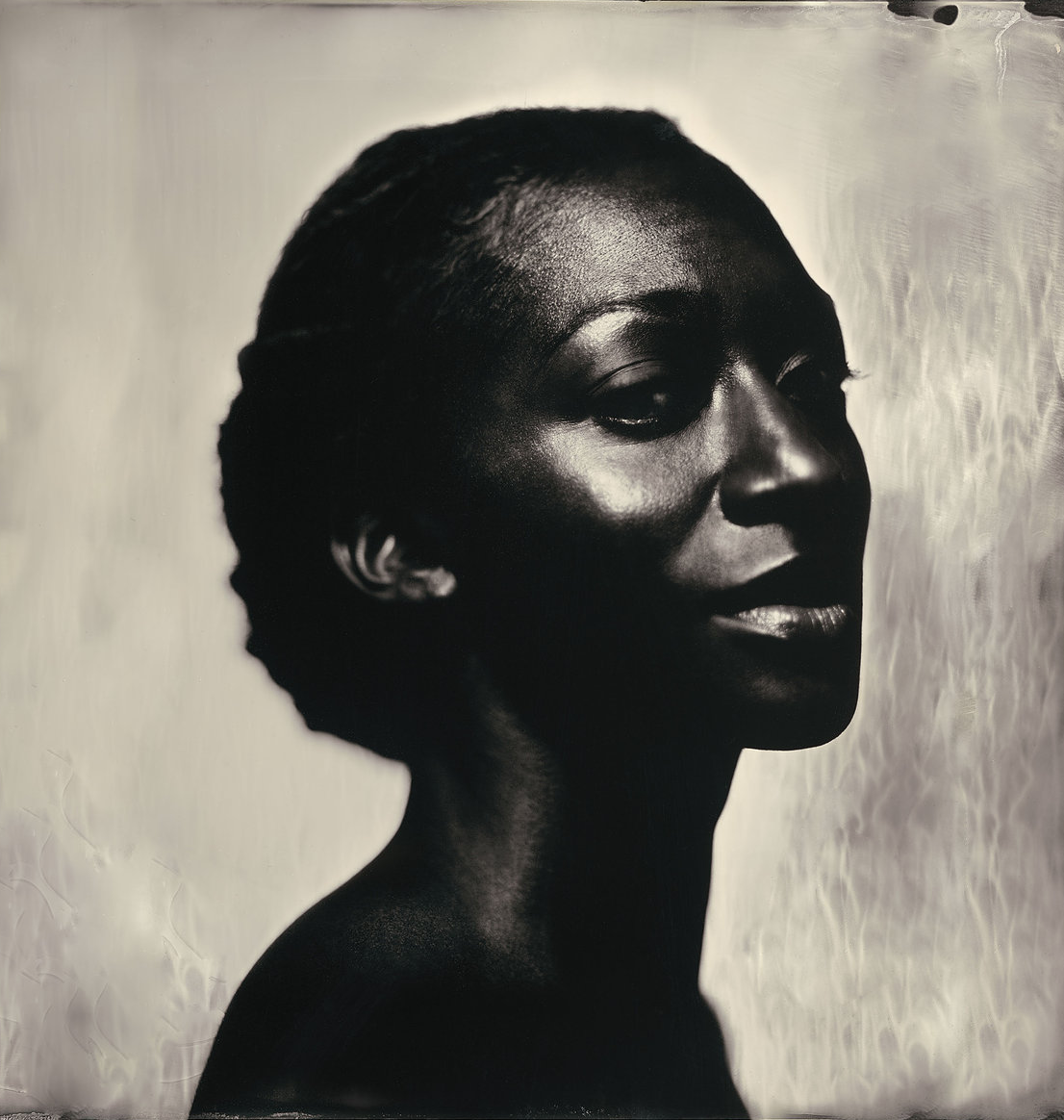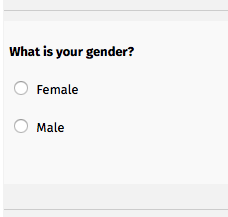
If you’re of a certain generation then you likely recall the theme song to “All in the Family,” a once-popular TV show that aired in the US for 9 seasons, all throughout the 1970s. Sung before a live audience by Carroll O’Connor and Jean Stapleton, the stars of the show, it spoke of a nostalgia for the good old days — a past constantly in tension with the present of the series.
In early 2019 the show was recreated for a special live broadcast, this time with Woody Harrelson and Marisa Tomei in the lead roles of Archie and Edith — the latter the eternally optimistic and long-suffering wife of the grumpy (and yes, openly racist and sexist) former. That Archie and his now outdated views were often the butt of each episode’s joke, as they say, was what made the series so popular for many, for it was broadcast at a time when race, gender, class and even generation relationships in the US were very under the microscope. Continue reading “Guys Like Us”

 1. When people ask what you study, what do you tell them?
1. When people ask what you study, what do you tell them?


